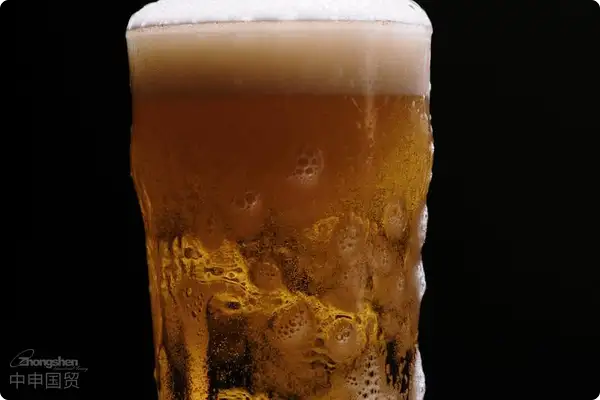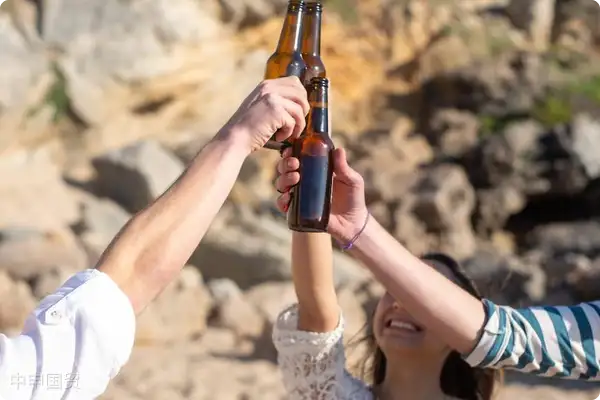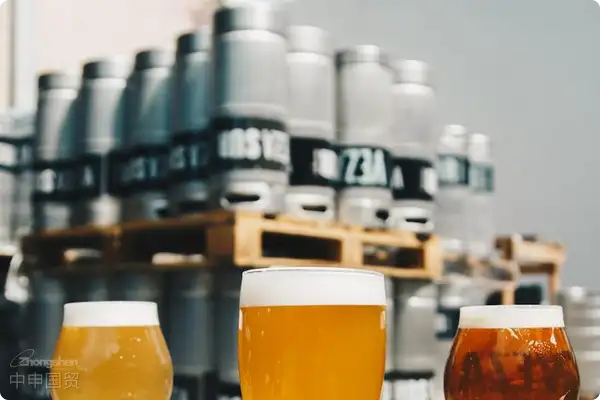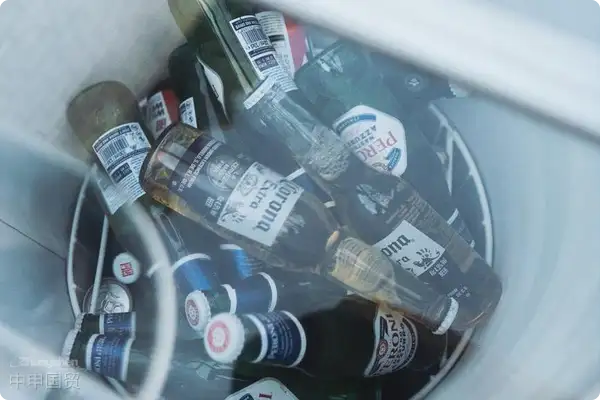- Shanghai Zhongshen International Trade Co., Ltd. - Two decades of trade agency expertise.
- Service Hotline: 139 1787 2118
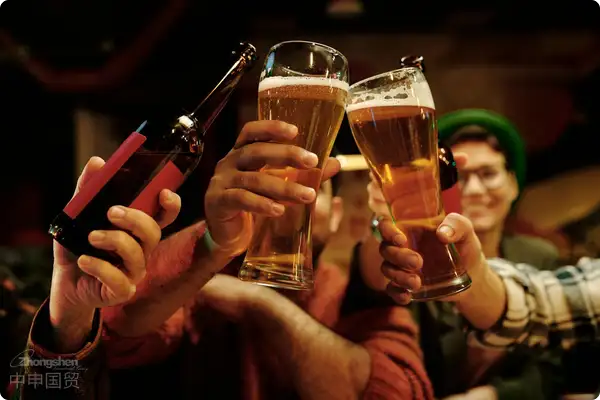
When Craft Beer Meets Customs Declaration - Lessons Learned from My Three Costly Mistakes
Last year, when handling the import of Belgian Trappist beer, goods worth €30,000 were detained at customs for two weeks due to miscalculated alcohol content tax differences. This reminded me of the Japanese sake that was returned due to label translation errors early in my career, and the German dark beer that spoiled due to temperature control failures that summer. These lessons taught me:Beer Import Agency is Both an Art and a Precise Calculation.
Qualification Preparation: The Invisible Threshold More Important Than Product Selection
Before you rejoice over finding a uniquely flavored craft beer, please confirm these documents are ready:
- Three essential foreign certifications:
- Manufacturers liquor operation license
- Certificate of origin health certificate (must include hop component testing)
- Filling date and shelf life certification
- Domestic customs clearance trio:
- Food distribution license (including liquor operation items)
- Record - filing of Imported Food Consignor
- Chinese back label draft (special attention to alcohol content labeling format)
Tax maze: The arithmetic problem of beers from different origins
Taking the tariff rates implemented in 2024 as an example (Note: For 2025 policies, please refer to the latest customs announcement):
| Country of origin | General tariff | Value - added Tax | Consumption Tax |
|---|---|---|---|
| Germany | 10% | 13% | 250 yuan/ton |
| Mexico | 15% | 13% | 250 yuan/ton |
| Australia | 5% | 13% | 220 yuan/ton |
Last year, a batch of New Zealand IPA we handled saw a 2.3% lower profit margin than expected due to unaccounted wooden pallet fumigation fees. Its recommended that beginners reserve5%-8% floating cost margin.
Warehousing logistics: Those easily overlooked devilish details
- Transportation link: Glass bottled beer requires container temperature to be maintained at 12-18℃
- Port operations: Canned goods stacking height must not exceed 5 layers
- Bonded warehousing: Beer products can enjoy up to 6 months of VAT-free storage period
Distribution channels: Choosing battlefields based on alcohol content
Successful cases weve served show:
- 4-6%vol industrial beer: Supermarket channel turnover rate is 3 times that of e-commerce platforms
- 8-12%vol craft beer: Specialty liquor stores can achieve up to 45% gross margin
- Special barrel-aged beer: Food service channels require accompanying draft beer equipment rental services
FAQ quick Q&A
Q: How to handle near-expiry beer?
A: It is recommended to apply to customs for transfer to a bonded zone for display when 30% of the shelf life remains, which can extend the sales period by 6 months.
Q: How can niche brands control trial-and-error costs?
A: Adopt the bonded display + dutiable sales model, which allows the initial order quantity to be reduced to 1/3 of a standard container.
Q: What to do if Chinese labels are questioned by customs?
A: Immediately initiate a label rectification procedure, noting that adhesive overlay modifications must not exceed 1/3 of the original label area.
In this foam-filled track, real profits lie in every compliance detail. Next time you raise a glass to savor exotic flavors, consider how every drop in your cup has crossed countless visible and invisible barriers.
Related Recommendations
Category case
Contact Us
Email: service@sh-zhongshen.com
Related Recommendations
Contact via WeChat

? 2025. All Rights Reserved. Shanghai ICP No. 2023007705-2  PSB Record: Shanghai No.31011502009912
PSB Record: Shanghai No.31011502009912
